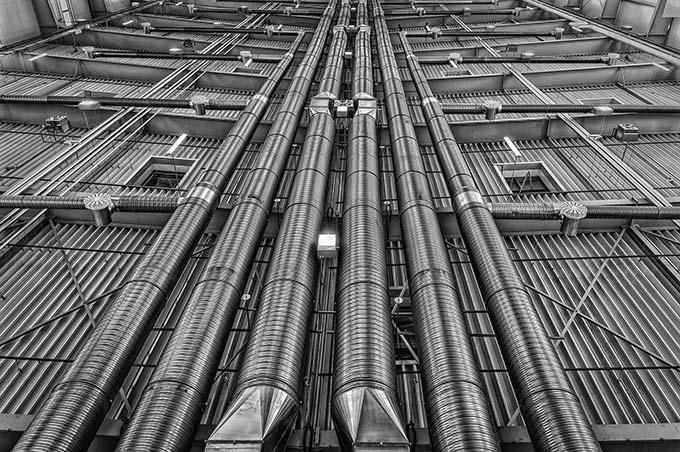The decarbonisation of heat

What is the decarbonisation of heat
In 2021 the UK, in its efforts to combat climate change and invest in sustainable energy, is turning its attention to heating and looking into ways to ‘clean up’ the process of heat production.
The increased focus on the decarbonisation of heat follows the importance of acting now, as the MET office recently published there is a 40% chance of the annual average global temperatures exceeding 1.5 above pre-industrial levels in the next five years1.
The Paris Agreement aims to keep global warming well below 2 degrees celsius, as scientific evidence shows this rise in global temperatures will lead to the melting of ice caps, higher sea levels, heat waves and more extreme weather across the globe. This will impact homes, food security, health and the sustainable development of communities internationally.
In order to keep to the limit of 1.5C set by The Paris Agreement international efforts are being made to cut carbon emissions and achieve net zero by 2050. Our current trajectory however puts us on the path of 2-3C of warming within the next century.
Heating processes such as heating of spaces, industrial processes and hot water account for the largest fraction (37%)2 of carbon emissions emitted by the United Kingdom today. Although heating is used in a range of industrial processes such as high temperature blast furnaces, which contribute to this issue, efforts to decarbonise the methods of heating and cooling throughout buildings will be necessary to achieve net-zero carbon emissions target by 2050.
Heating is central to our lives. In our homes, we rely on it for comfort, cooking and washing. Businesses need heating and cooling for productive workplaces. It is the biggest reason we consume energy

Breaking it down
As fossil fuel supplies heating to 80% of UK homes, the challenge of decarbonising heat is no simple feat.
In 2019 a report by the Department for Business, Energy and Industrial Strategy discussed the difficulty of increasing the public readiness4 to accept a transition to low carbon heating systems. They alluded to a previous study that showcased that 70% of the public would not change their existing systems until their current system no longer function. However, the growing accessibility to information, data and the innovative technologies themselves have created a potential for customers to take charge of their carbon footprint more than ever before.
In order to build on the number of houses that are utilising renewable energy sources, further action and the increased implementation of energy efficient technologies are needed. Significantly reducing energy consumption across the construction sphere and buildings within the public sector is crucial if we are to accomplish the important supply transformation by the year 2050.
What does the decarbonisation of heat process entail?
Decarbonising the way we heat our buildings means adopting heating methods that do not produce carbon dioxide. This will see a move away from traditional methods of heating via fossil fuels, such as gas, to more sustainable options e.g. heat pumps, energy efficient chillers, insulation and solar pv to name a few.
How is Salix supporting the process?
Our grant schemes
Salix is supporting the mission of numerous bodies via loans shemes in Wales and Scotland the Public Sector Decarbonisation Scheme (PSDS) in England. The PSDS is funded by the Department for Business, Energy and Industrial Strategy (BEIS) and delivered by Salix. It made available £1bn for capital energy efficiency and heat decarbonisation projects within public sector non-domestic buildings.
Projects targeting heat decarbonisation

The Science and Industry Museum in Manchester
Many public sector bodies across the UK have effectively implemented low carbon technologies to decarbonise their heating using funding provided by BEIS. For example, Nottingham University Hospitals NHS Trust are replacing old gas and coal fire boilers with new energy-efficient technologies such as heat pumps which can be used for both heating and cooling. Another great example is The Science and Industry Museum in Manchester who are utilising the power of groundwater via the installation of a new water source heat pump. The installation of new roof insulation, glazing, an electric boiler and ground source heat pump will further their work toward decarbonising the sites heating methods.
For further examples, visit the case studies section of our website.
1. Met Office – Temporary exceedance of 1.5C increasingly likely
2. Energy Saving Trust – Decarbonisation of heat – A crossroads
